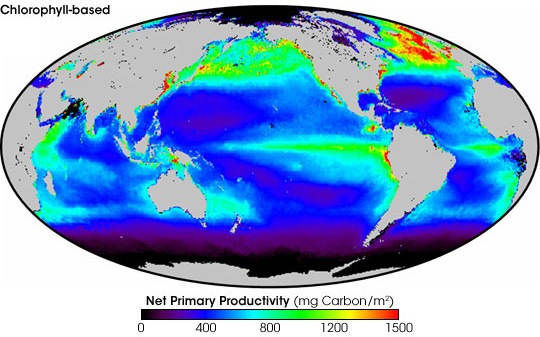Primary producers largely contribute to making estuaries some of the most productive ecosystems on the Earth. There is generally greater productivity near the coasts than in the open ocean. Coastal areas are hotspots for primary producers who require higher sunlight conditions, nutrient sediment, and organic inputs, and protection from large tidal events in order to be productive.

Primary production is the production of organic material from aquatic or atmospheric carbon dioxide through either photosynthesis where light is the source of energy or chemosynthesis, which uses the oxidation, or reduction of chemical compounds as the energy source. To carry out photosynthesis or chemosynthesis some necessities include energy from the sun, carbon dioxide, and nutrients such as nitrogen and phosphorus.
A source of nutrients for primary producers in an estuary is from freshwater inflow. Many studies have found a correlation between nitrogen loading and phytoplankton productivity (Flint et al. 1986; Nixon 1992; Mallin et al.1993; Boynton et al. 1995; referenced in Alber 2002). Solis and Powell (1999) studied 5 Texas estuaries and found a positive correlation between fish harvested and nitrogen loads (Alber 2002). The opposite is true that decreased freshwater inflows are correlated to decreased rates of primary and secondary production (Drinkwater and Frank 1994).